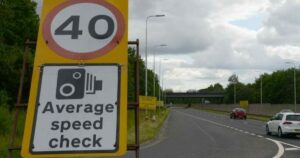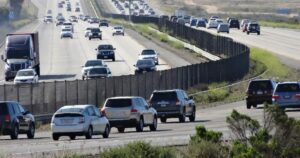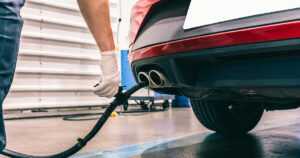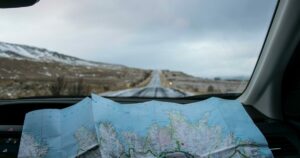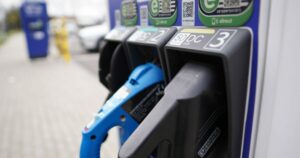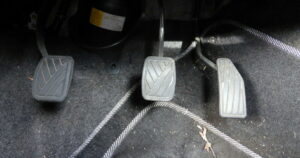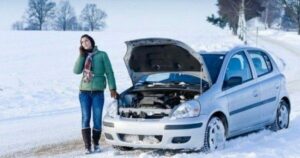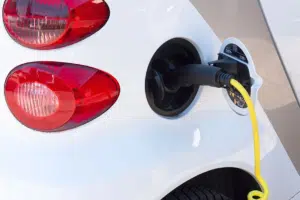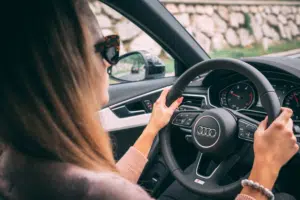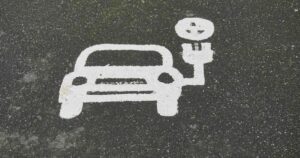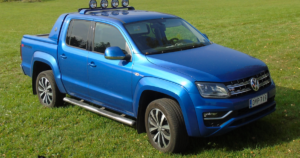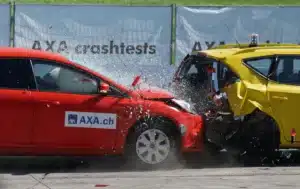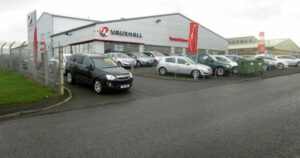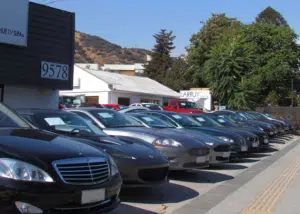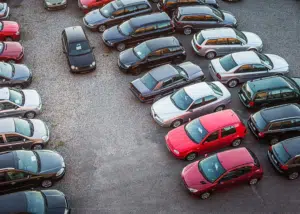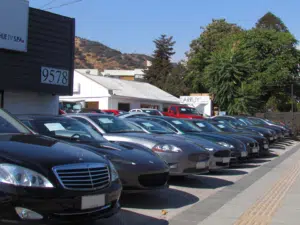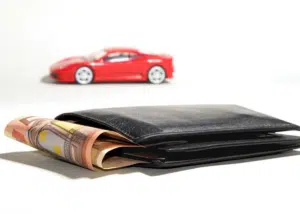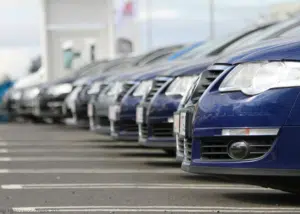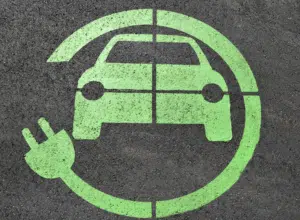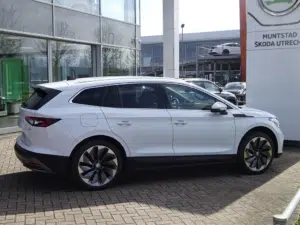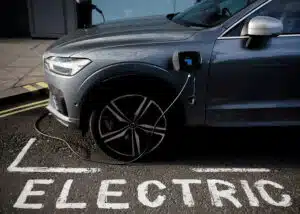Road traffic accidents are a major public health and safety issue that affect millions of people around the world every year. According to the World Health Organization (WHO), road traffic crashes cost most countries 3% of their gross domestic product.
Every year the lives of approximately 1.3 million people are cut short as a result of a road traffic crash. Between 20 and 50 million more people suffer non-fatal injuries, with many incurring a disability as a result of their injury, from road accidents, says WHO.
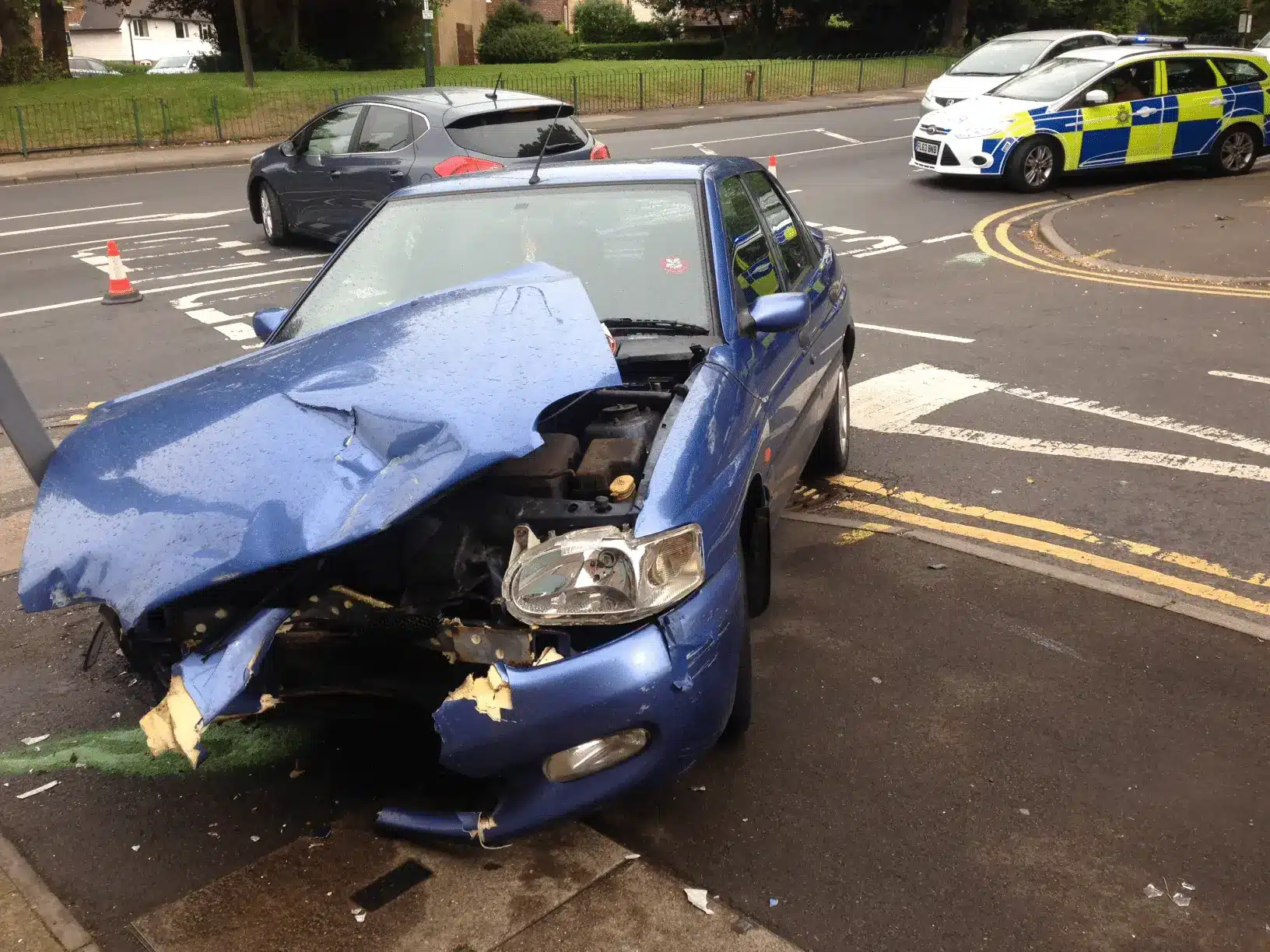
What steps should we take to prevent car accidents?
These statistics show that road traffic accidents are a serious problem that needs to be addressed by various stakeholders, such as governments. According to WHO, some of the measures that can help prevent or reduce road traffic accidents include improving road design and maintenance, enforcing speed limits and seat belt use, raising awareness and education on road safety, promoting alternative modes of transport, and developing emergency care systems.
The statistics on road traffic accidents vary by country and region, depending on factors such as the level of development, the quality of infrastructure, the enforcement of laws, and the behaviour of other road users. For example, in Great Britain, there were an estimated 1,558 reported road deaths in 2021, a decrease of 11% from pre-pandemic levels (2019), according to government statistics.
The rate of fatalities per billion vehicle miles was 5.2 in 2021, a higher rate compared with 2019 and a lower rate compared with 2020. Car occupant casualties accounted for 44% of road fatalities and 55% of all road casualties in 2021, and the majority of road collisions involved at least one car.
What types of injury are common in a road traffic accident?
When you’re involved in a car crash, sometimes you could walk away with some car accident injuries. Some of the most common types of injuries that can occur following a road traffic accident can consist of:
Whiplash: This is a neck injury caused by a sudden and forceful movement of the head back and forth. It can result in pain, stiffness, reduced range of motion, and headaches.
Bone fractures: These are breaks or cracks in the bones, usually in the legs and pelvis. They can cause severe pain, swelling, bruising, and difficulty moving. They may require surgery and a long recovery time.
Wounds: These are injuries to the skin and underlying tissues, such as grazes, friction burns, cuts, bruises, and degloving wounds (when the skin is peeled off). They can cause bleeding, infection, scarring, and nerve damage.
These are just some of the common types of injuries that can occur in a road traffic accident. However, there may be other types of injury that are not listed here. If you have been involved in a road traffic accident, you should seek medical attention as soon as possible to assess your condition and treat your injuries. You may also be entitled to compensation for your damages if the accident was not your fault. You can contact a solicitor if needed who specializes in road traffic accidents to help you with your claim.
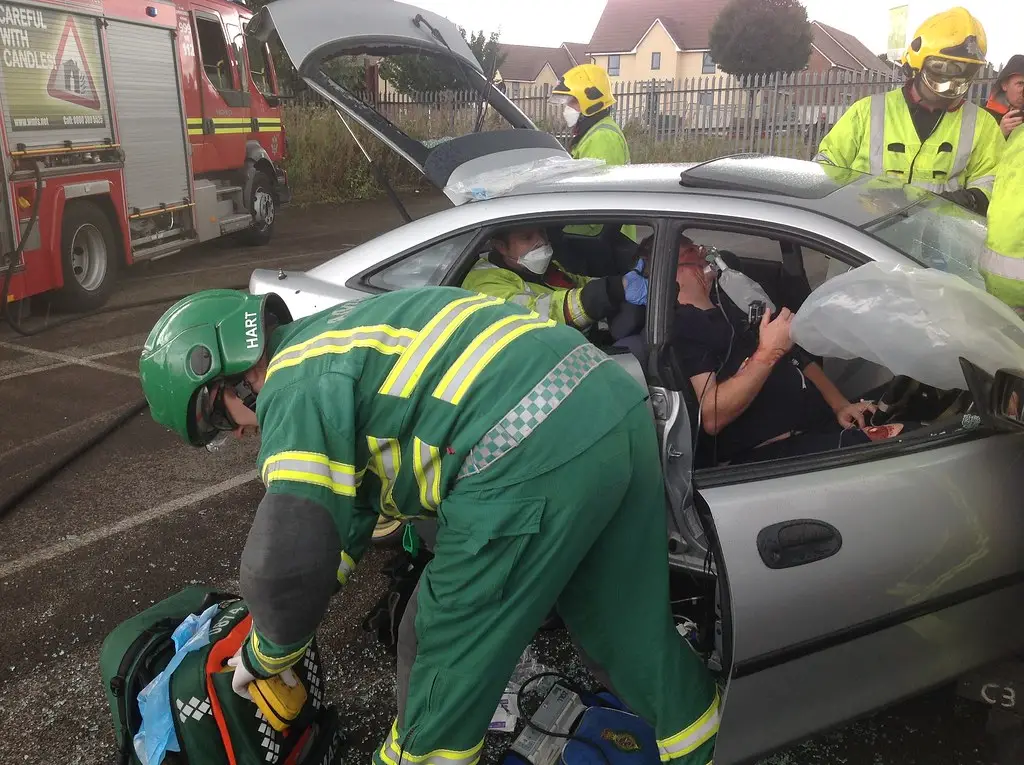
How long do you have to report a car accident to your insurance company?
The answer to this question may vary depending on your car insurance provider and policy. However, most car insurance providers require you to inform them of an accident within 24 hours or 48 hours of it taking place, according to Advice. You should also report any accident that causes damage to property or personal injury to the police within 24 hours, as required by UK laws. If you fail to report an accident to your insurance company or the police, you may face legal consequences or have your cover cancelled. Therefore, it is advisable to report an accident as soon as possible, even if you do not intend to make a claim.
With a car accident that’s my fault, what happens?
If you are involved in a car accident that is your fault, there are some things that you should do and some things that may happen as a result. Here are just a few things you might want to bear in mind:
You should check if anyone is injured and call for medical help if needed. You should also contact the police and report the accident, especially if there is significant damage or injury.
You should exchange details with the other driver, such as your name, address, insurance information, and vehicle registration number. You should also take photos of the scene and the damage, and note down any witnesses or other relevant information, says Winn Solicitors.
You should not admit liability or apologise for the accident at the scene, as this may affect your insurance claim or legal case. According to Finder, you should also avoid discussing the details of the accident with the other driver or anyone else, except for the police or your insurer.
You should contact your insurance company as soon as possible and inform them of the accident. You should give them all the information and evidence that you have, and follow their instructions. They will investigate the accident and determine who is at fault and how much compensation to pay.
If you are found to be at fault for the accident, you may have to pay for the damage and injury that you caused to the other driver, their passengers, or their property. This may include repair costs, medical bills, loss of income, pain and suffering, etc. Your insurance company may cover some or all of these costs, depending on your policy and excess, says Advice.
What are the steps to take after a car accident where the other driver didn’t stop?
If you are involved in a car accident where the other driver did not stop, there are some steps that you should take to protect yourself, other drivers and your rights. For example:
Stay calm and check for injuries: The first thing you should do is to stay calm and check if you or anyone else is injured. If you need medical help, call 999 and ask for an ambulance. It’s a good idea to call the police to report the incident too.
Collect evidence and information: If possible, you should try to collect as much evidence and information as possible from the accident scene. According to the Metro, this may include:
The registration number, make, model, and colour of the other vehicle
The time, date, and location of the accident
The direction and speed of the other vehicle
The weather, road, and traffic conditions
The names, addresses, and contact details of any witnesses
The details of any CCTV cameras or dashcams that may have captured the accident
The photos or videos of the scene and the damage to your vehicle
Contact your insurance company: You should contact your insurance company as soon as possible and inform them of the accident. You should give them all the information and evidence that you have, and follow their instructions. They will advise you on how to make a claim and what to do next.
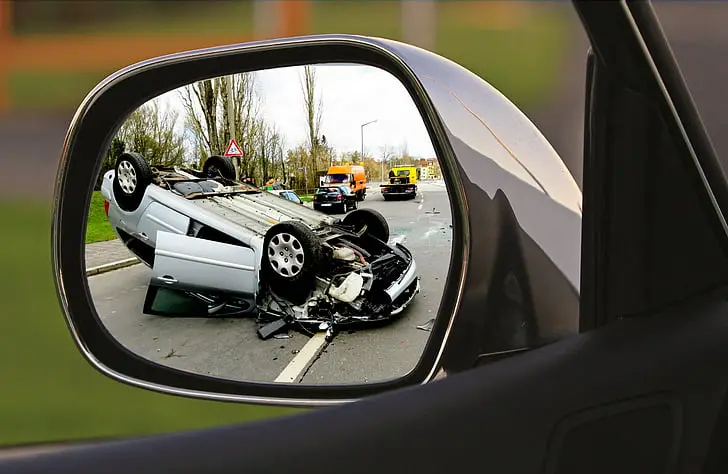
Can I make a car accident injury compensation claim?
You can of course make a car accident compensation claim. Car accident claims are more common than you might first think. From traffic collisions to reckless driving, whether there’s just a couple of vehicles involved or several cars involved, swapping insurance details and making a claim is definitely something you can do.
If you have been injured in a road traffic accident that was not your fault, you may be able to make a car accident injury compensation claim. The amount of compensation you can claim will depend on the severity and impact of your injuries, as well as the losses and expenses you have incurred as a result of the accident. You can use our car accident compensation calculator to see how much your injuries could be worth.
To make a car accident injury compensation claim, you will need to prove that the other party was negligent and caused the accident, and that you suffered injuries and damages as a consequence.
Depending on the value of your claim, you may be able to use different methods to pursue it. For claims worth less than £5,000 for personal injury (and £10,000 in total), you can use the Ministry of Justice’s Official Injury Claim Service, which is an online portal that allows you to make a small claim without the help of a solicitor. However, this process can be complicated and you will need to construct your legal case, set out your allegations, arrange for supporting medical and other evidence, and negotiate with the other party’s insurer over financial costs, says Quittance.
Can I make a car accident claim on someone else’s behalf?
You may be able to make a car accident claim on someone else’s behalf in some circumstances. For example, you can claim for someone else if they are:
A child under 18 years old. You can act as their parent or guardian and make a claim for them as a ‘litigation friend’.
An adult who lacks mental capacity. You can act as their deputy or attorney and make a claim for them as a ‘litigation friend’.
A deceased person. You can act as their personal representative and make a claim for them as part of their estate. You will need to have a grant of probate or letters of administration to do this, according to Citizen’s Advice.
If the injured person cannot claim on their own behalf, you could potentially start the claim for them as a representative. However, if you do so, none of these claims will be eligible to be brought via the Official Injury Claim (OIC) portal. As such, you must take legal advice and instruct a solicitor to bring any such claim, says Law Plus.
If the injured person can claim on their own behalf, but they are unable or unwilling to do so, you cannot make a claim for them without their consent. You can only help them with the process of successful claim and support them with their decision. You can also contact a solicitor on their behalf, but they will need to speak to the solicitor themselves and agree to the terms and conditions of the service, according to UK Law.
What is the UK car accident dataset?
The UK car accident dataset refers to a collection of data regarding road traffic accidents that occur in the United Kingdom. This dataset typically includes information such as the date, time, and location of the accident, the number of vehicles involved, the severity of the accident, the weather conditions at the time of the accident, and various other details related to the incident. The dataset is usually compiled by government organizations or agencies responsible for monitoring and analyzing road safety in the UK, such as the Department for Transport. The purpose of the dataset is to provide valuable information for understanding the causes and consequences of car accidents, identifying trends, and developing strategies to improve road safety.
What is the greatest factor in traffic accidents?
There are several factors that contribute to traffic accidents, and it is difficult to pinpoint a single greatest factor. However, some commonly identified factors include:
1. Human error: This is considered the most significant factor in traffic accidents. It includes actions by drivers like distracted driving, speeding, drunk driving, aggressive driving, and failure to follow traffic rules.
2. Distracted driving: With the rise of smartphones and other electronic devices, distracted driving has become a major cause of accidents. Texting, talking on the phone, eating, or other activities that divert attention from driving can significantly increase the risk of accidents.
3. Speeding: Driving over the speed limit or too fast for the current road and weather conditions reduces the driver’s ability to react to unexpected situations, increases stopping distances, and amplifies the severity of accidents.
4. Drunk driving: Driving under the influence of alcohol or drugs impairs judgment, coordination, and reaction times, making it more likely to cause accidents.
5. Weather conditions: Poor weather conditions such as rain, snow, fog, or ice can reduce visibility, affect road grip, and increase the likelihood of accidents.
6. Road infrastructure: Poor road conditions, lack of signage, inadequate lighting, and absence of safety features can contribute to high risk of accidents.
It is important to note that these factors can vary in importance depending on the region, country, or specific circumstances.
What is the most crashed car in the UK?
According to historical data, some of the most commonly crashed cars in the UK include models such as the Ford Fiesta, Vauxhall Corsa, and Volkswagen Golf. These models are popular and widely owned in the UK, which may contribute to their higher crash rates. It’s worth noting that crash statistics can vary over time, so the most crashed car in the UK might change from year to year.
Other factors that can influence crash rates include driver behaviour, road conditions, and the implementation of safety features in vehicles. While certain car models may have higher crash rates, it does not necessarily mean that they are less safe than others. It is important to consider multiple factors when assessing the safety of a car, such as its crash test ratings, advanced safety features, and overall design. Additionally, driver education and awareness campaigns play a crucial role in promoting safe driving habits and reducing the number of accidents on the road.







